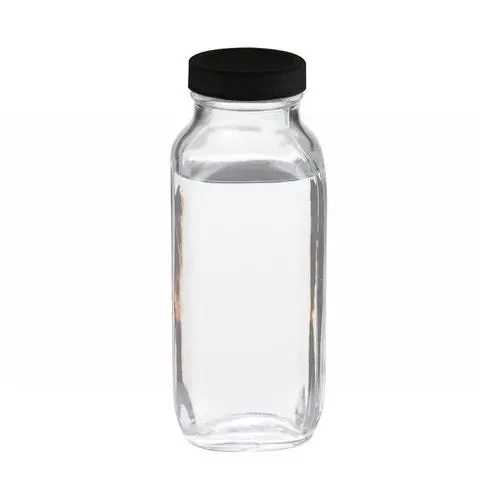Polyacrylamide Formation A Comprehensive Overview
Polyacrylamide is a synthetic polymer that has garnered significant attention in various fields, including water treatment, biomedical applications, and agriculture. Its unique properties, primarily its ability to absorb large amounts of water and form a gel-like structure, make it a versatile compound. In this article, we will delve into the formation of polyacrylamide, its synthesis methods, and its applications.
Synthesis of Polyacrylamide
The formation of polyacrylamide involves the polymerization of acrylamide monomers. The process typically begins with the selection of suitable reactants and catalysts. Acrylamide, a colorless solid, is the key building block and is often obtained from the hydration of acrylonitrile. For the polymerization process, initiators are crucial as they trigger the reaction. Common initiators include potassium persulfate and ammonium persulfate, which decompose under heat or light to produce free radicals. These free radicals are essential for initiating the chain reaction of polymerization.
The polymerization can be carried out in various ways, notably through free radical polymerization, which is the most common method. In this process, acrylamide monomers are dissolved in water, and an initiator is added to the solution. Upon heating, the initiator decomposes, generating free radicals that attack the double bonds in acrylamide to form a growing polymer chain. This reaction continues until the consumption of acrylamide, resulting in a high molecular weight polyacrylamide product.
Another method of synthesis is the use of lower temperatures or a controlled environment to encourage the formation of polyacrylamide with specific characteristics. For instance, using a reverse emulsion polymerization technique can produce polyacrylamide with enhanced properties for specific applications.
Factors Influencing Polyacrylamide Formation
polyacrylamide formation

Several factors influence the formation of polyacrylamide, including temperature, concentration of monomers, type and concentration of initiators, and the presence of solvents. The temperature plays a critical role in determining the rate of reaction; higher temperatures generally lead to faster polymerization rates but may also lead to undesirable side reactions. The concentration of acrylamide affects the viscosity of the final product. It is crucial to maintain an optimal concentration to ensure the polymer exhibits the desired gel-like consistency.
The type of initiator can also significantly affect the physical properties of the finished polymer. For example, using a thermal initiator might be beneficial for creating polyacrylamide with specific molecular weights needed for particular applications. Additionally, the presence of co-monomers can be employed to modify the polymer's characteristics, such as enhancing its ability to flocculate and coagulate, making it particularly advantageous in water treatment processes.
Applications of Polyacrylamide
The versatility of polyacrylamide has led to its application in various industries. In water treatment, polyacrylamide is used as a flocculating agent to enhance the settling of sediments and the removal of pollutants. This property is vital in the clarification processes of drinking water and wastewater treatment plants.
Moreover, in agriculture, polyacrylamide is utilized in soil conditioning to improve water retention, reduce erosion, and enhance crop yield. It assists in forming stable soil aggregates, which promote healthy plant growth. In the biomedical field, polyacrylamide gels are widely used in electrophoresis to separate biomolecules, such as DNA and proteins, owing to their uniform pore size.
In conclusion, the formation of polyacrylamide involves complex chemical processes that can be tailored through various synthesis methods. Its unique properties make it an invaluable material across multiple industries, contributing significantly to advancements in environmental management, agriculture, and biotechnology. As research continues, the potential applications of polyacrylamide are likely to expand, further solidifying its importance in both scientific and industrial contexts.

